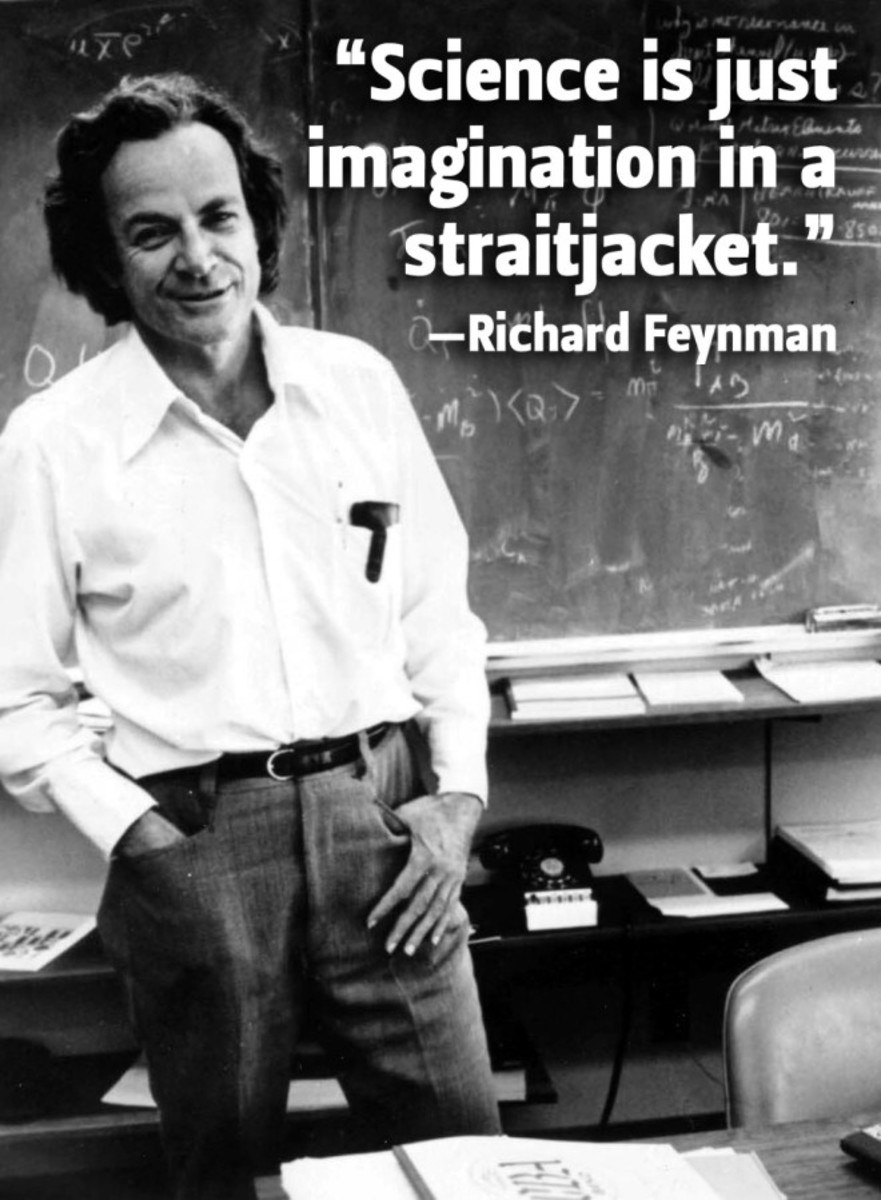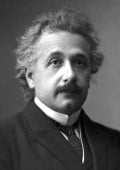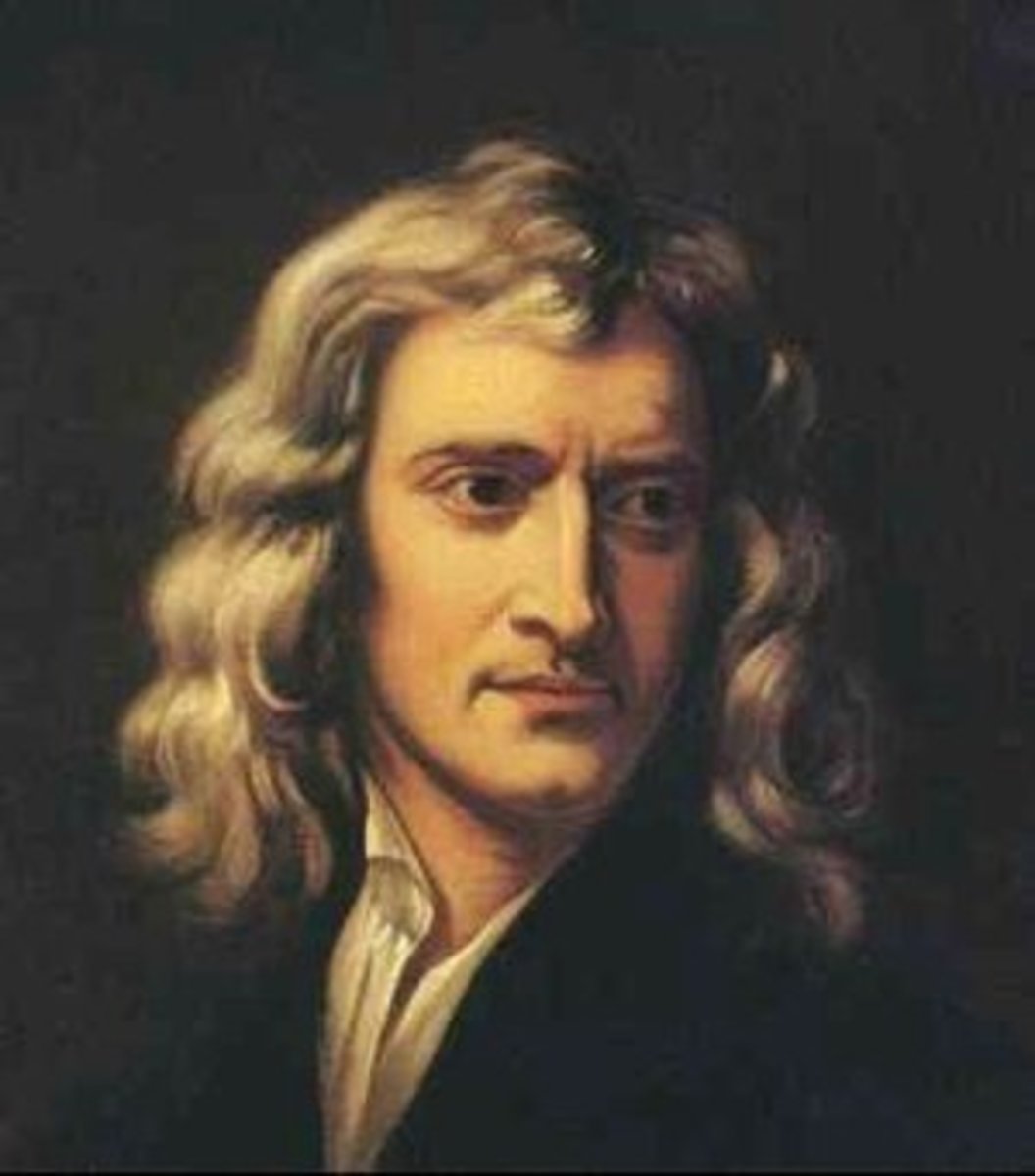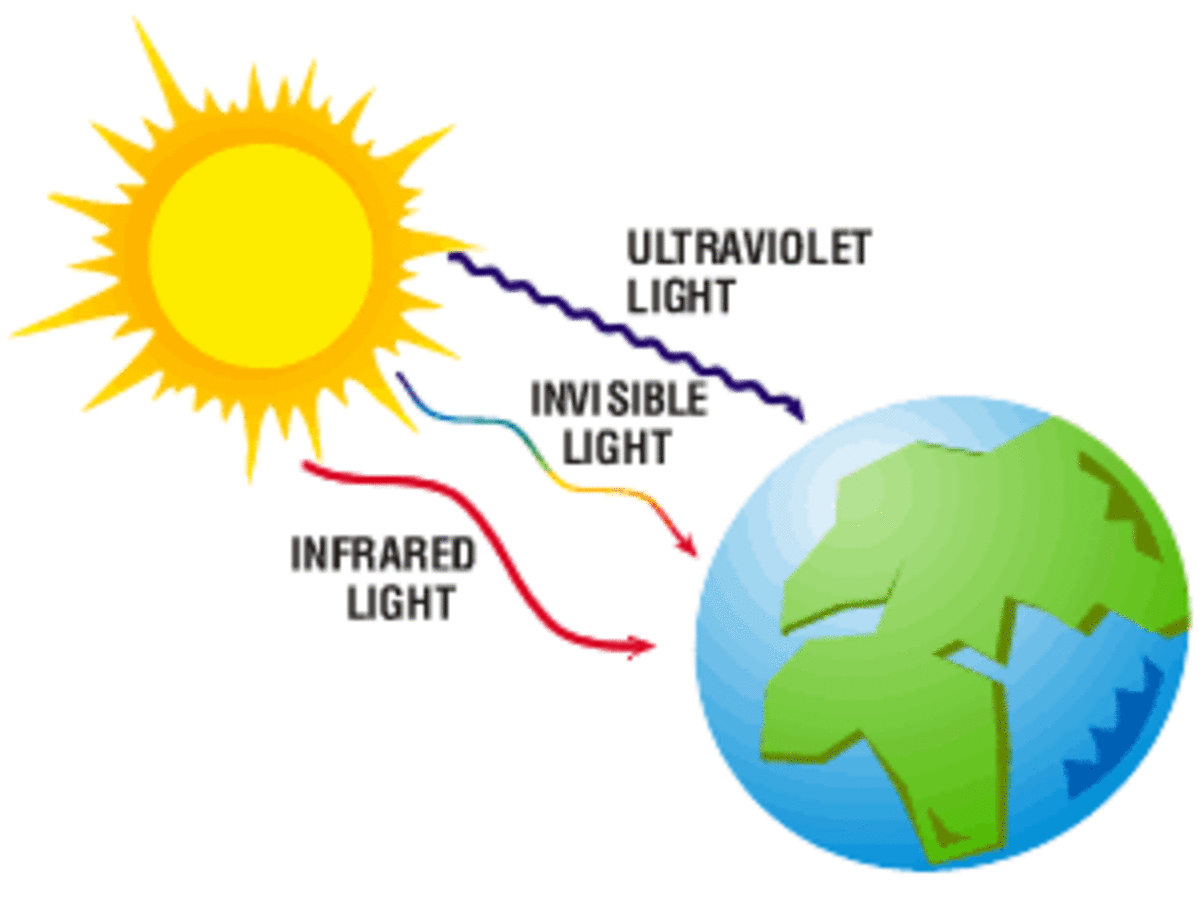The Greatest Scientists of All Time : Sir James Clerk Maxwell
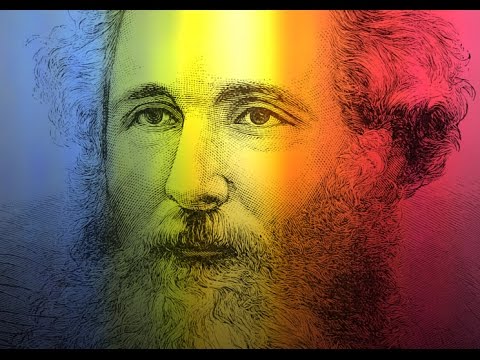
The Greatest Scientists of All Time : Sir James Clerk Maxwell
"One scientific epoch ended and another began with James Clerk Maxwell"
(Albert Einstein)
Perhaps not a name that immediately springs to mind among the general public concerning the arbitrary notion of who are the greatest scientists of all time.
But the 19th century scientist Sir James Clerk Maxwell is credited with providing one of the most historic breakthroughs in the theory, study and research of electromagnetism.
Such was the high regard and fame that he was held by the scientific community that even Albert Einstein was a fan.
The great man himself kept a picture of Maxwell on his wall in tribute to the admiration in which he was held.
Alongside the genius of Einstein and Sir Isaac Newton the work of Sir James Clerk Maxwell is celebrated as among the most important discoveries in the field of Mathematics and Physics.
He is as prominent as Newton and also Michael Faraday who was actually a contemporary of Maxwell. Although 40 years his senior Faraday worked at King's College in London at the same time as Maxwell.
The theoretical work and mathematical equations of Sir James Clerk Maxwell provided the foundation stones for human society in this technological era of the 21st century. His theories and mathematical investigations on electromagnetic fields is the basis for modern television, radio, X-rays, radar and satellite communications.
An inquisitive child
James Clerk Maxwell was a Scotsman born in Edinburgh in 1831 and appropriately this was the same year that Faraday invented the electric generator.
However Maxwell was only an infant when the family moved to Galloway in the south of Scotland. They were actually returning to the estate of Glenlair, near Dumfries, where they came from originally. They were a middle-class family and his father John Clerk Maxwell was an Advocate. Tragically his mother died when he was only 8 years old.
As a youngster Maxwell was described as an inquisitive child who was an avid reader and always asking questions about the world and nature. He also exhibited an exceptional memory and enthusiasm for rudimentary scientific investigation at a very young age.
However he was described as a rather shy, even dull pupil at school and his progress was considered as average. He had returned to Edinburgh at the age of 10 and enrolled at Edinburgh Academy. He lived at this time with his aunt Isabella Wedderburn in Heriot Row in the Georgian New Town of the city.
His fellow pupils at the Academy nicknamed him 'Dafty' but this was more to do with his Galloway accent and rustic manner. This was enhanced by his rural style clothes and appearance and the nickname now seems rather unkind and of course wholly inaccurate.
Nevertheless a turning point in his young academic career came in the shape of one of his Schoolmasters, a Mr James Gloag of Arithmetic and Geometry. Under his inspiring influence the young James thrived and in July 1845 he had actually won the Mathematical medal. Then at the age of only 14 his precocious talents flourished when he wrote his first ever scientific paper.
A Second Wrangler
James Clerk Maxwell attended Edinburgh University from 1847 till 1850. Whilst studying there he published two more scientific papers.
He then studied at Cambridge University and came second highest behind Edward Routh who became a famous figure in Mathematics. Second place made Maxwell a 'second wrangler' to use the terminology of the institution. Incidentally the lowest students at Cambridge with a third-class degree received a wooden spoon and this entered everyday use in the English language.
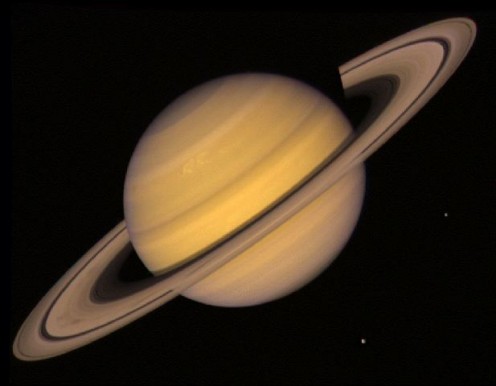
The young professor
In 1855 he was appointed Professor of Natural Philosophy at Marischal College in Aberdeen. This enabled him to be nearer to his father who was suffering from poor health. At the age of 25 Maxwell was a decade and a half younger than the other professors.
However, although a brilliant academic his lectures could prove difficult for students because of his manner, quick mind and creative imagination.
His interests stretched to Astronomy and in 1859 he published a paper which concluded that the rings around the planet Saturn must consist of small, solid particles. This was only finally confirmed in the 1980s when the Voyager spacecraft orbited the planet.
New opportunity in London
In 1860 he lost his job when Marischal amalgamated with King's College to become the University of Aberdeen. He applied for a vacant position at the University of Edinburgh but was unsuccessful. He therefore relocated to England and took up a new post of the Chair of Natural Philosophy and Astronomy at King's College in London.
Maxwell was the first scientist to observe that all the colours in nature derived from 3 primary colours, red, blue and yellow. In fact in 1861 he produced the world's first colour photograph. Interestingly for an exiled Scot this was of a tartan ribbon and is preserved today in Cambridge University.
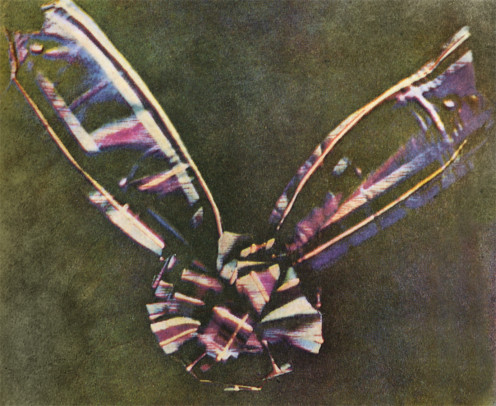
Return to Glenlair
In 1865 he resigned and returned to Glenlair where he lived for a period in temporary retirement. It was here that he produced his revolutionary work on electromagnetic theory and the concept of electromagnetic fields.
His famous equations collected the knowledge of the time and incorporated it into a linked set of differential equations. This breakthrough "changed the world forever" according to Einstein.
Maxwell reasoned that electricity, light and magnetism were affections of the same substance. According to his equations he declared that light is actually an electromagnetic disturbance propagated through the fields and operates according to the laws of electromagnetism. He provided the inspiration towards proving the existence of a spectrum of electromagnetic radiation.
He also developed a kinetic theory of gases independently of the German scientist Ludwig Boltzmann. This led to a joint accreditation to both men in the Maxwell-Boltzmann distribution with regard to the speed of particles in gaseous substances.
The Cambridge years
In 1871 he became Professor of Experimental Physics at Cambridge University and was placed in charge of the Cavendish Laboratory. This was named after William Cavendish, the 7th Duke of Devonshire, who was Chancellor of the University and donated money for the construction of the laboratory.
Sir James Clerk Maxwell died in Cambridge in 1879 when he was only 48 years old after suffering an abdominal cancer. Incidentally he had previously survived an attack of smallpox in 1860. He is buried at Parton Kirk near Castle Douglas in Galloway and is also commemorated with a memorial stone in Westminster Abbey.
Although a scientist of immense intellect and international repute he was also a devoutly religious man. He had an in-depth knowledge of the Bible and saw no conflict between science and religion. He was an Evangelical Presbyterian from 1853 and an elder of the church. This led to him conducting charitable work and offering help and solace to the poor and sick within his community. This included his own wife who was seriously ill when he himself was suffering from the cancer which eventually killed him.
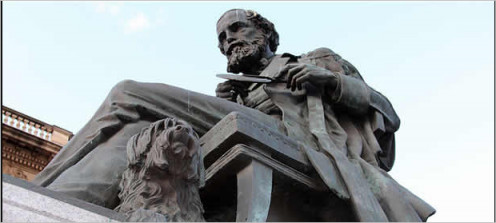
A lasting tribute
In his birthplace of Edinburgh a statue was unveiled in his honour in 2008 in a prominent position in George St at the western entrance to St Andrews Square. It was commissioned by the Royal Society of Edinburgh and created by the sculptor Alexander Stoddart.
Classical in style it has the charming addition of Maxwell's dog Toby at his feet. It also depicts the great man holding a colour wheel indicative of his discoveries in the spectrum of light and colour.
Also in an online public opinion poll conducted in 2006 Maxwell was voted the greatest scientist that Scotland had ever produced. He was truly in exalted company as the top 10 of the 'Scottish Science Hall of Fame' included such giants as John Logie Baird, Alexander Graham Bell and James Watt among other notables.
In the words of Nobel Prize winning Physicist Richard Phillips Feynman "there can be little doubt that the most significant event of the 19th century will be judged as Maxwell's discovery of the laws of electrodynamics"
___________________________________________

